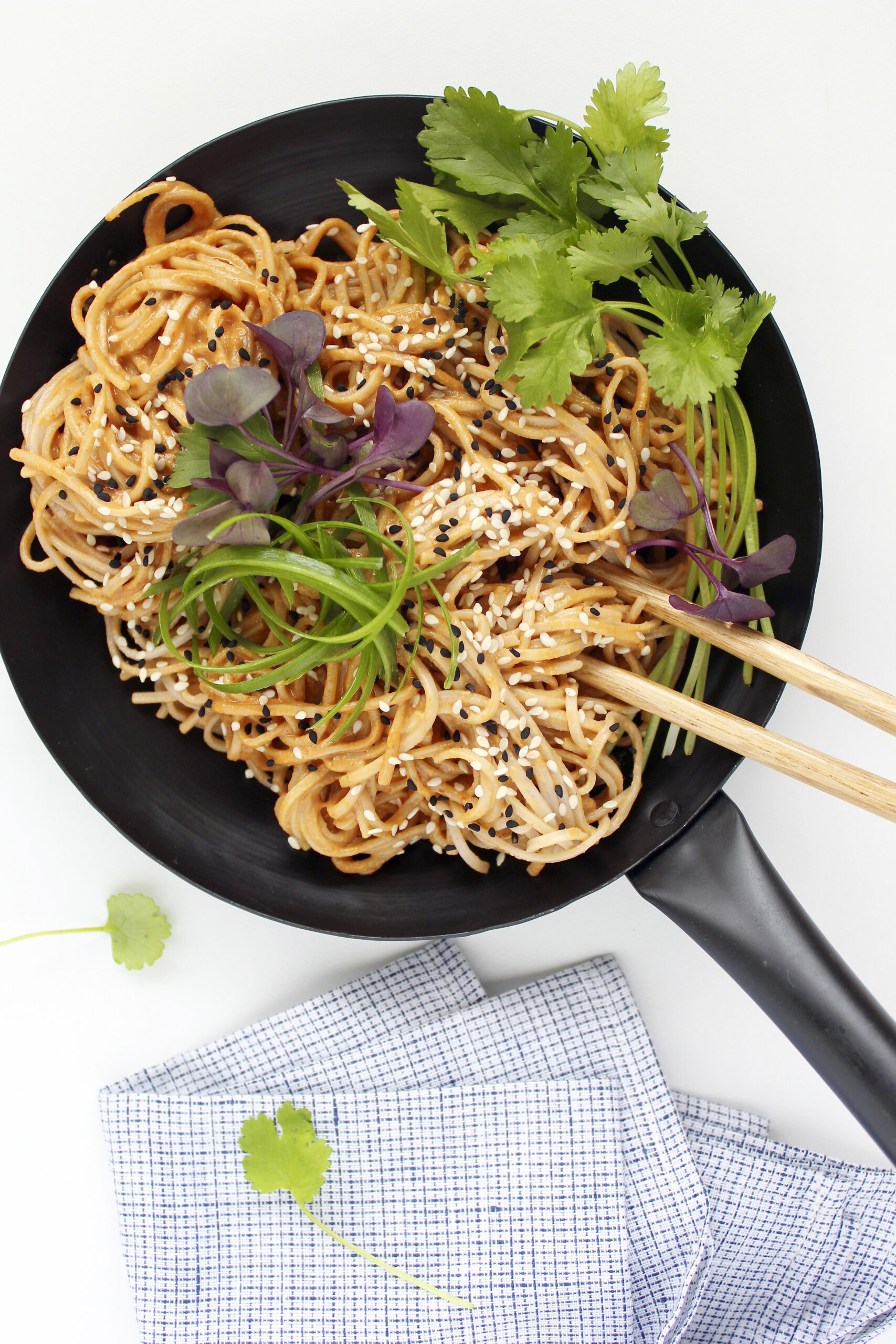Surf Life Saving New Zealand (SLSNZ) is raising awareness about non-powered watercraft activities to ensure that New Zealanders make it home safe after a day at the beach.
Although a beach day can be joyful and refreshing for the whole family, “volunteer Surf Lifeguards conduct hundreds of rescues throughout Aotearoa every year – and many of these involve people who are participating in activities such as surfing, SUPing, or boogie boarding”, says SLSNZ Chief Executive Paul Dalton.
Boogie boards are popular among children. SLSNZ says the boards should be used with fins and an attached leash.
“A leash that’s attached to the boogie board means your child will have a flotation device if they get into difficulty in the water – and fins will give them extra kicking power so they can swim back to shore”, says SLSNZ’s National Coastal Safety Manager, Dr Mick Kearney.
Dr Kearney also says that it’s vital for parents and guardians to keep children within arms’ reach at all times in or near the water.
“Rogue or large waves move really quickly and unexpectedly and can sweep kids away or knock them off their feet.”
Turning to paddle craft, including sea kayaks and SUPs, it’s essential to first check the craft for leaks, damage or dodgy cables. The user should tether the paddle to them, so it’s not lost in a capsize event. Notably, users should also practice getting back on the craft after capsizing.
Another safety tip is to dress for the water temperature and not the air temperature; cold water shocks and hypothermia can kill. And it goes without saying, lifejackets are essential.
If you’re heading out on the water, SLSNZ recommends visiting the Safer Boating Forum website for detailed advice on how to stay safe this summer.







